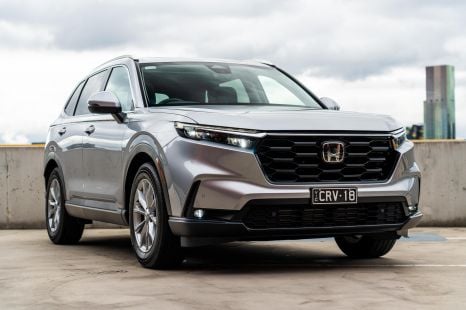

James Wong
2026 Honda CR-V review
3 Days Ago
Mitsubishi was early to the PHEV games with the Outlander. Now, it's been given a significant update. How has it worked?
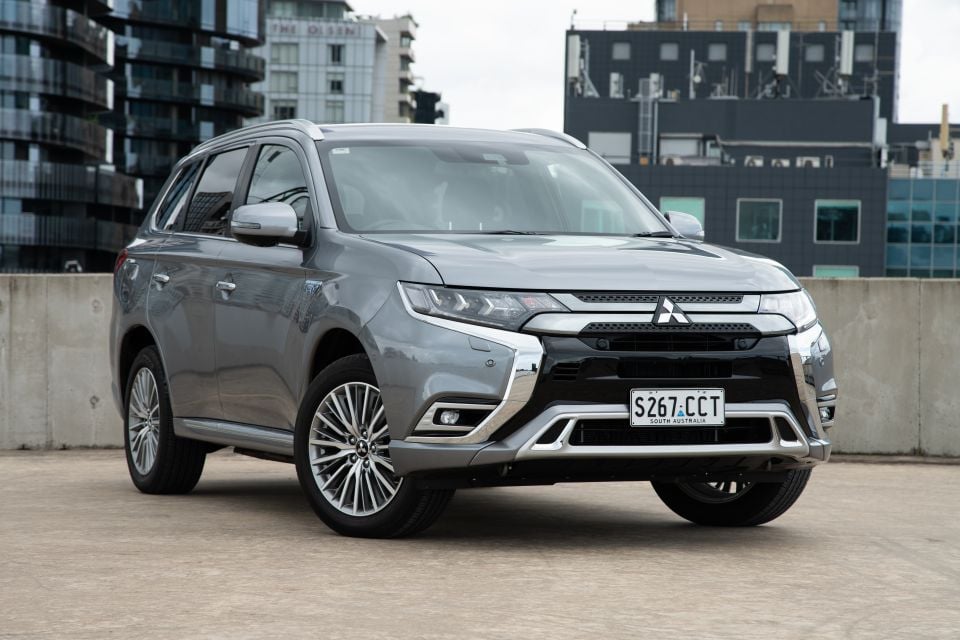


Contributor
New from
$43,690
excl. on-roads

Contributor
New from
$43,690
excl. on-roads


Contributor
New from
$43,690
excl. on-roads

Contributor
New from
$43,690
excl. on-roads
Quickly see how this car stacks up against its competition. Select any benchmark to see more details.
Where expert car reviews meet expert car buying – CarExpert gives you trusted advice, personalised service and real savings on your next new car.
Electrified cars are sexy at the moment. Pure-electric vehicles such as the Audi e-tron and Mercedes-Benz EQC are popping up rapidly, and even the uber-cool Range Rover Evoque will soon have a plug-in hybrid (PHEV) option.
Mitsubishi isn’t really sexy, and hasn’t been for some time. Remember the Lancer Evolution? We do, but only just.
Yet it was early to the PHEV party with the Outlander, which dates to 2013. It was also early to the full EV game with the i-MiEV.
The 2020 Mitsubishi Outlander PHEV has been given a major refresh. It looks similar to the 2019 model, but there’s a bigger-capacity battery on hand, along with more power from the petrol engine and electric motors.
Despite sharing a pure-electric range of around 50km and its mid-sized SUV body style with the Mercedes-Benz GLC300e plug-in hybrid, the Outlander is more than $20,000 cheaper – even after a price rise.
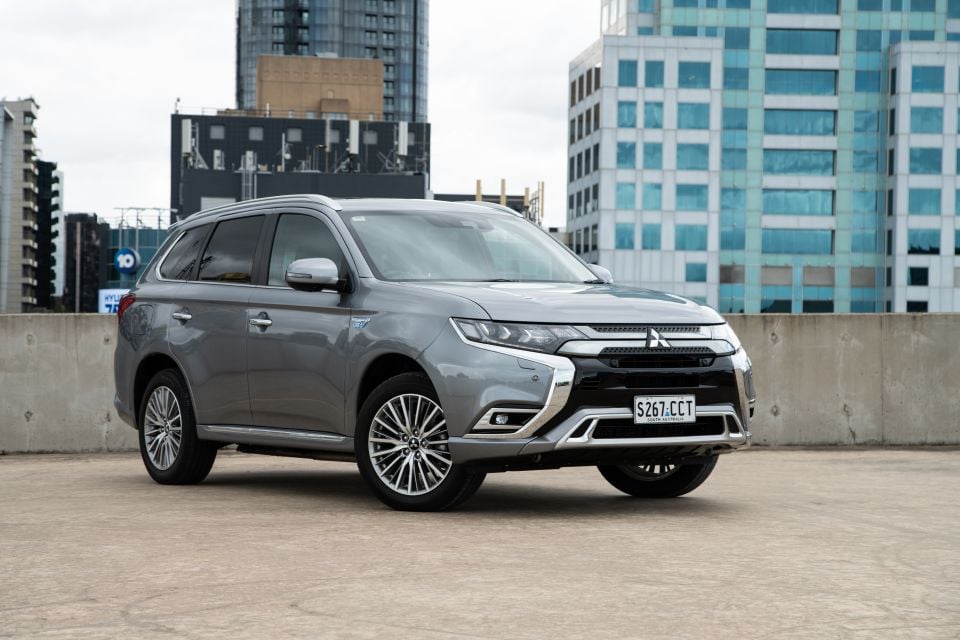
Pricing for the Mitsubishi Outlander PHEV kicks off at $50,990 before on-road costs, but the range-topping Exceed on test here is $59,990 before on-roads.
That might be on the relatively affordable end of the PHEV spectrum, given the Mercedes-Benz GLC300e starts at $83,500 before on-road costs, but it’s also almost double what you’ll pay for a base Outlander petrol model.
Buy your new car without the stress. It's fast, simple and completely free.

Great service from Travis and team, second time I have used this business would not hesitate to recommend them to anyone
Craig C.
Purchased a Ford Ranger in Sunshine Coast, QLD
CarExpert helped Craig save $7,224 on his Ford Ranger, now let us save you on your next new car.
Get your BEST priceMost of the money in the Mitsubishi Outlander PHEV has gone into the plug-in hybrid drivetrain, into which we’ll delve shortly. With that said, the Exceed is loaded with everything in the Mitsubishi kit bag.
Leather trim, dual-zone climate control, a powered tailgate, heated front seats with power adjustment for the driver, a sunroof, and TomTom navigation built into the 8.0-inch infotainment system.
Unlike the regular PHEV, the Exceed can act as a generator, feeding power to a house or business from the inbuilt lithium-ion battery.
Four colours are offered, with red and black demanding an extra $550.
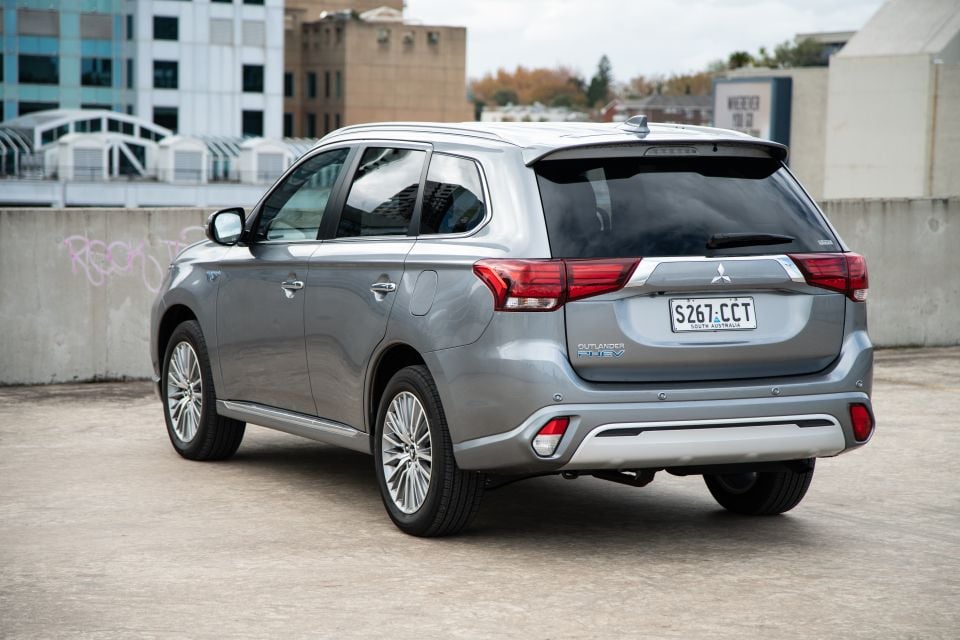
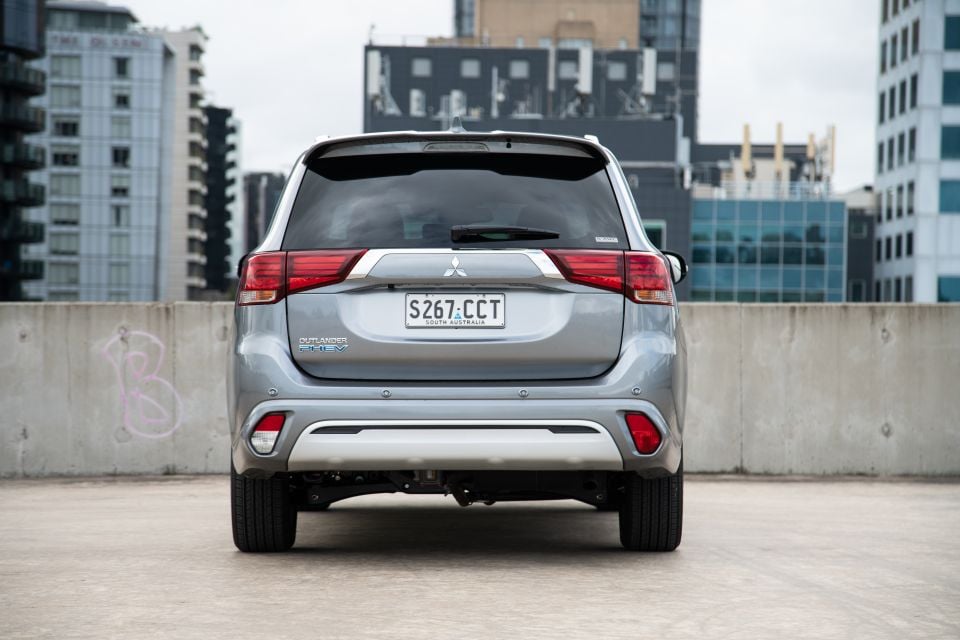
The Mitsubishi Outlander has a five-star ANCAP safety rating, based on testing carried out in 2014.
It has seven airbags, autonomous emergency braking, blind-spot monitoring, lane-departure warning, a reversing camera, and parking sensors as standard.
Mitsubishi is the master of squeezing life out of its ageing products. The current-generation Outlander debuted in 2012, and was given a major update in 2015. In other words, it’s old. And it’s starting to feel it from behind the wheel.
The driver is faced with a set of simple, clear analogue dials, between which sits a small colour trip computer. There’s no digital speed readout, although you can toggle through information about your hybrid powertrain, the on-demand all-wheel drive system, and live fuel consumption.
All the information on offer is useful, but the graphics are a bit dated compared to what’s on offer in the latest Hyundai range. Also a bit dated is the infotainment, despite a recent update.
The graphics are basic at best, it’s slow to get started, and does without a volume knob.


Although there’s a built-in navigation system, the factory-fitted TomTom setup can be frustrating to use. It defaults to a super-wide zoom every time you restart the car, and refuses to remember which orientation you selected. Enjoy perspective view? Suck it up, the map will be north-oriented every time you start the car.
The speed camera warning is just three random bongs, and they appear if you haven’t opened the maps, though they can be switched off.
At least there’s Apple CarPlay, which works reliably when plugged in and improves the user interface.
The steering wheel rim is trimmed in leather, along with the seats and door panels, but the centre of the wheel is still hard plastic with fake stitching. The transmission tunnel is finished in a silver-coloured, carbon-style weave, while the dashboard itself is black.

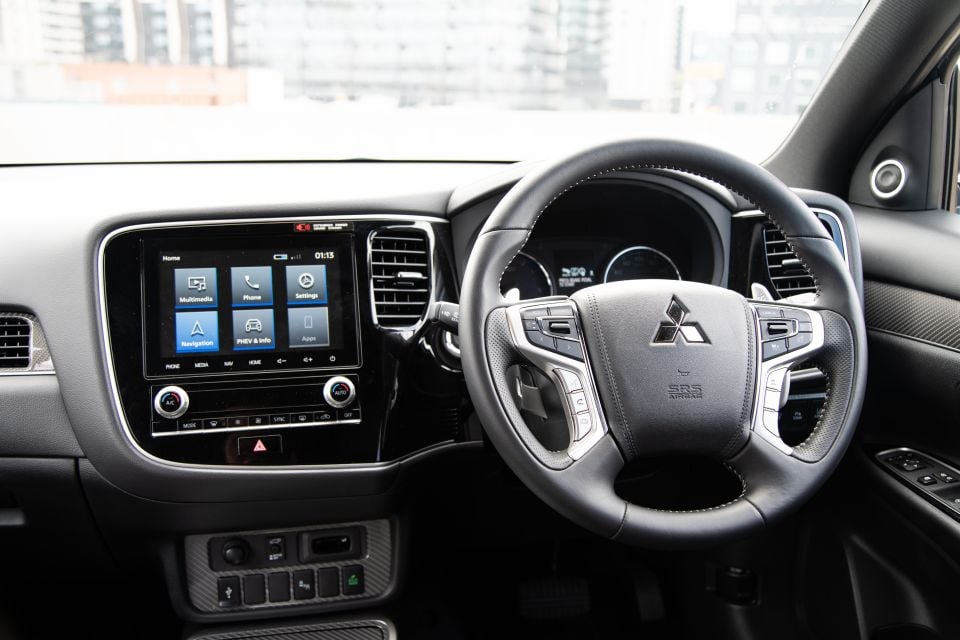
Even in the Exceed, there’s no hiding the Outlander’s roots as a price-focused family SUV.
The driving position is okay, but the seat is mounted a touch too high. My head was almost touching the roof lining, which isn’t ideal in such a large crossover.
Less acceptable is the creaky driver’s seat and slightly loose backrest, which rocked slightly on its mountings even at a standstill. The rear seats were slightly rattly over bumpy roads as well.
Although legroom is good, with space for six-foot passengers behind six-foot drivers, headroom is poor in the back. My head was jammed into the roof lining, which isn’t really acceptable given smaller rivals such as the Mazda CX-5 and Kia Sportage offer a bit of clearance.
With that said, there are rear air vents and a charge port for back seat passengers.
Boot space is 463L with the rear seats in place, and 1602L with them folded. The loading lip is low and the boot floor is wide and flat, making it an eminently usable space.
There are generous door pockets front and rear, and two cup holders at the base of the dashboard, but the haphazard layout of buttons on the transmission tunnel means there’s a lot of wasted space elsewhere on the tunnel.
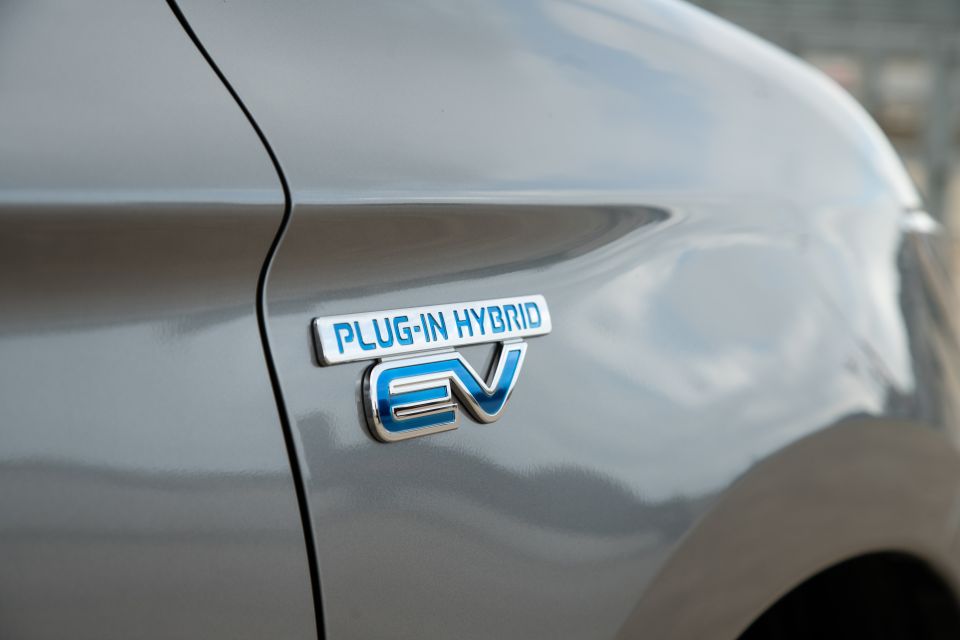
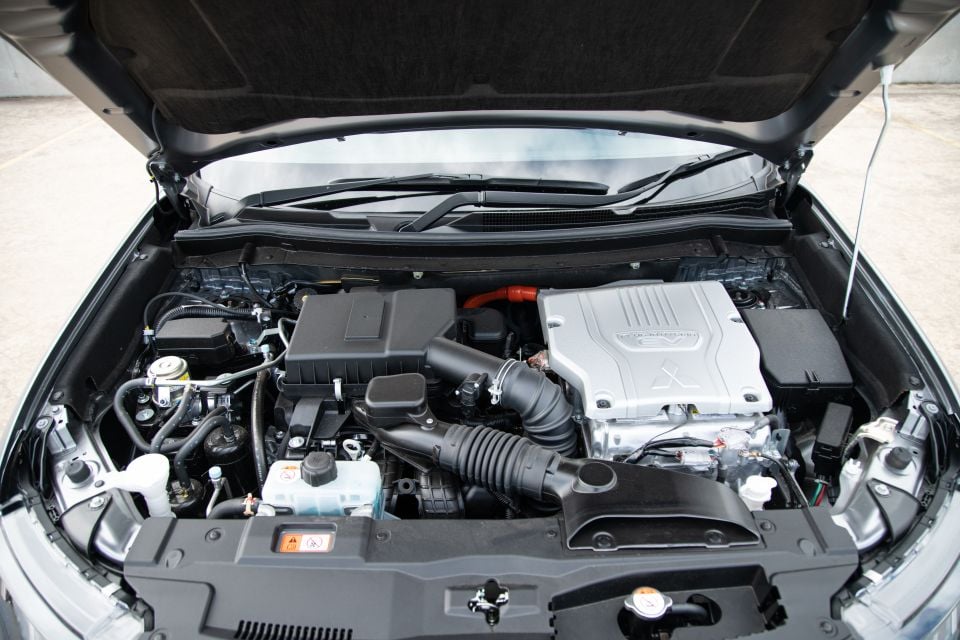
The real money in Outlander PHEV has been spent under the bonnet. And under the floor. And under the boot. There’s a lot going on with this plug-in hybrid powertrain.
Petrol power comes from a 2.4-litre four-cylinder running the lean Atkinson Cycle, up from a 2.0-litre in the model it replaces. The engine can be used to power the wheels directly when required, but it’s also able to act as a generator for the battery. It makes 94kW of power and 199Nm of torque.
There’s a 13.8kWh battery pack under the floor, up from the 12kWh unit previously used, hooked up to electric motors on both axles. The front motor makes 60kW and 137Nm, while the rear has been uprated for 2020 with 70kW and 195Nm.
All up, the car has a claimed electric range of just over 50km, which feels accurate in the real world. We saw 45.5km from a 90 per cent charge across a mix of highway and city driving.
It has a clever all-wheel drive system dubbed Super All Wheel Control (S-AWC), and a claimed fuel consumption on the combined cycle of 1.9L/100km.
Results will vary in the real world. If you have access to a wall plug at home, you can reasonably assume fuel consumption will be negligible. As in, 0.1L/100km for your commute.
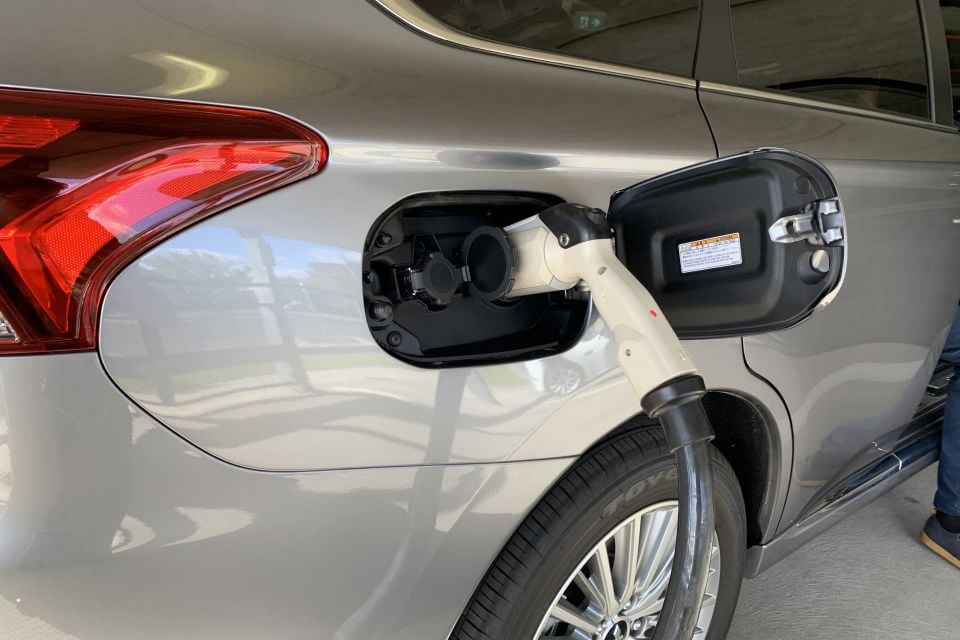
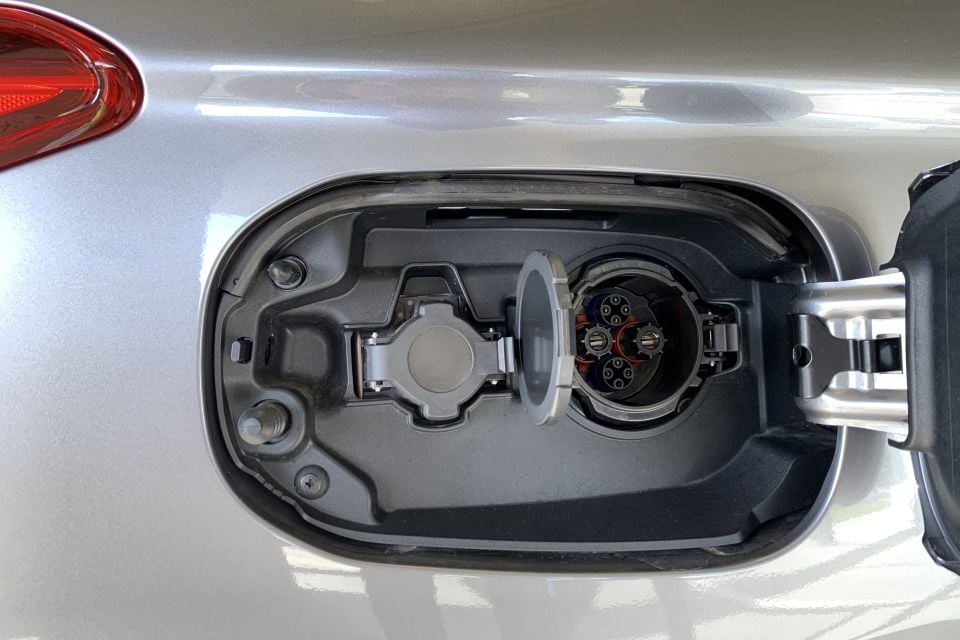
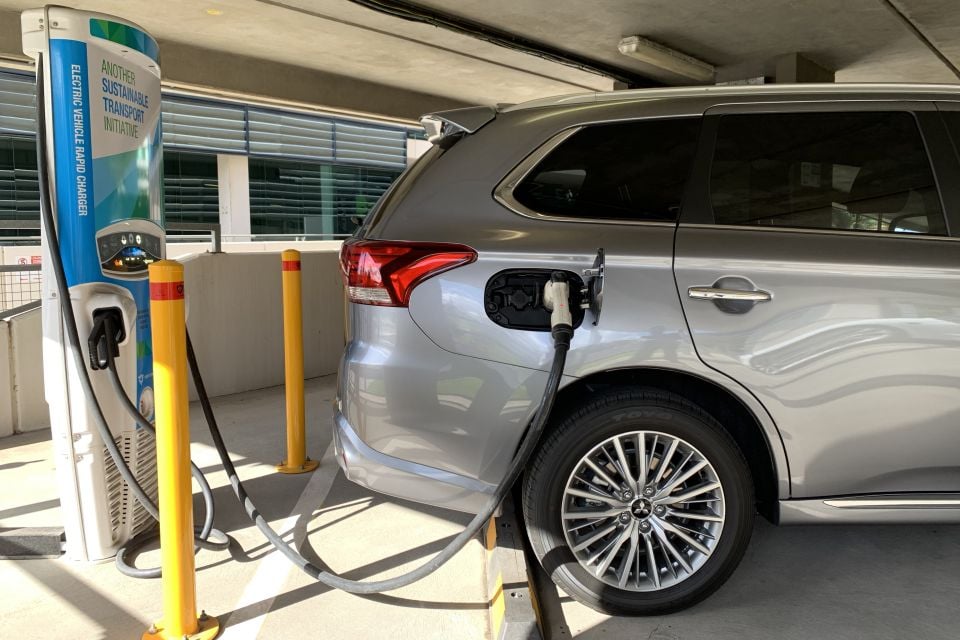
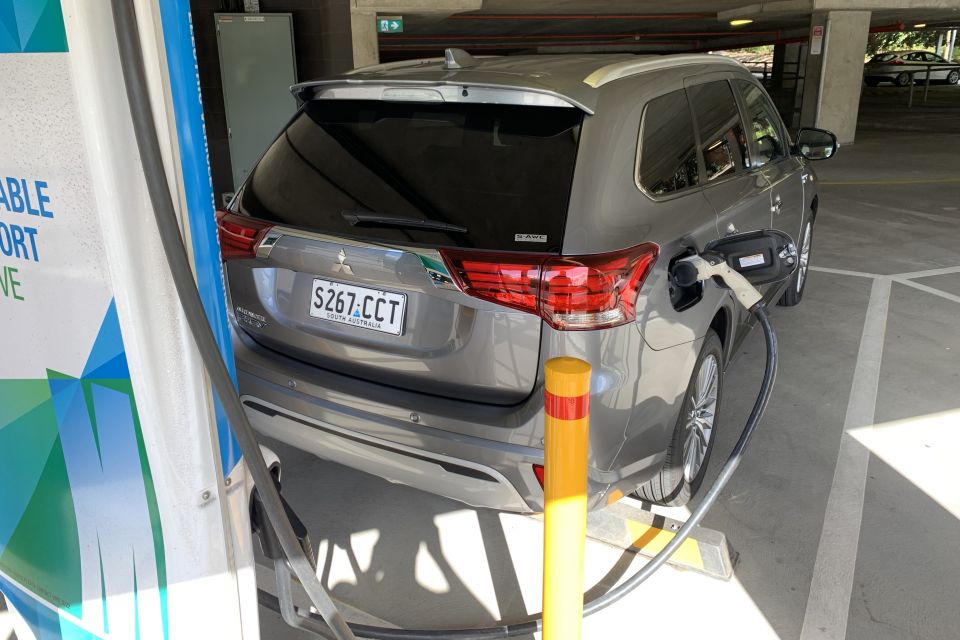
Charging takes around eight hours using a regular home wall socket, while Mitsubishi says a full charge on a DC fast charger will take around 30 minutes – but make sure the charger you’re planning to use has a CHADeMO plug.
Unlike its rivals, the Outlander hasn’t moved to the newer Type 2 plug used in Europe. Instead, it’s stuck with the less common CHADeMO plug used in Japan.
Once the drive battery pack is depleted, we saw closer to 7.5L/100km on a highway run with a depleted battery. However we’ve previously returned closer to 5.0L/100km on a gentler mixed loop with a pure-electric range of zero, which is more indicative of what to expect in town.
The car in this situation reverts to something akin to a milder hybrid. As with all PHEVs, the Outlander PHEV makes sense if you can maximise the battery under the floor, but quickly falls apart when you can’t.
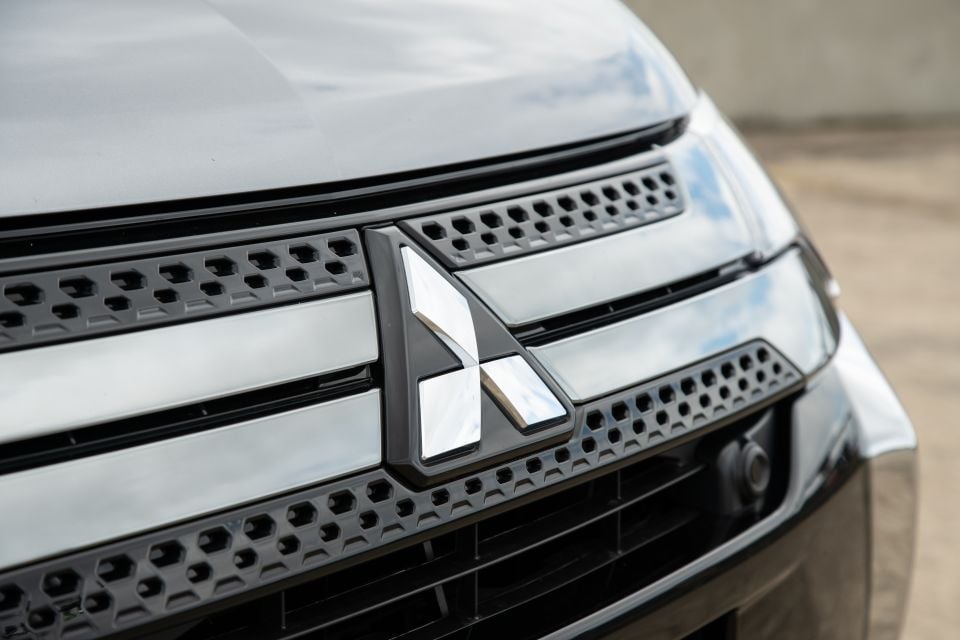
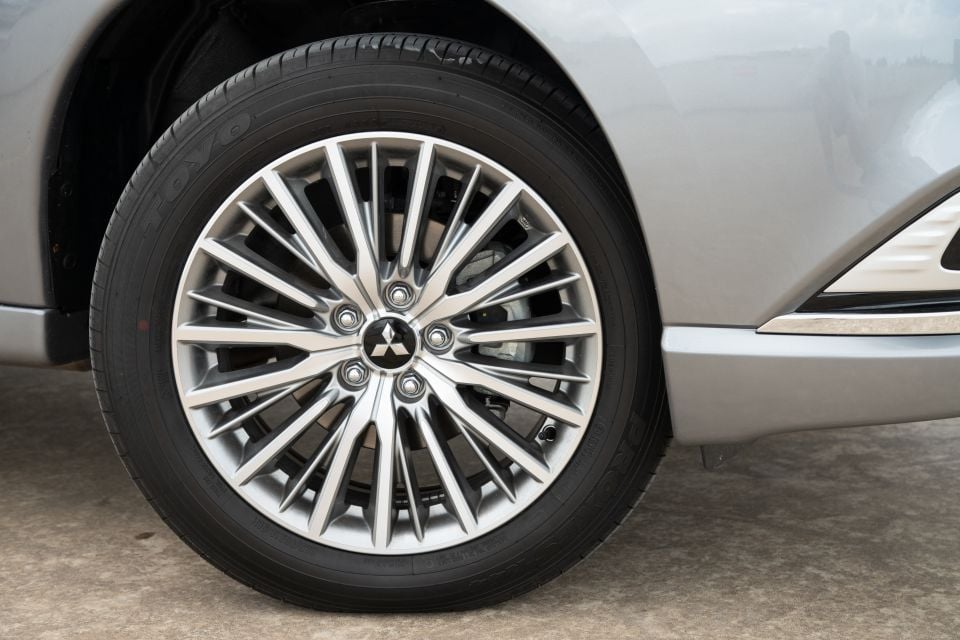
The cleverest thing about the Outlander PHEV is that it doesn’t feel particularly clever on the open road. The plug-in powertrain is extremely sophisticated, no doubt about it.
Its default state is pure electric. With two electric motors and plenty of torque, the PHEV does a more convincing impersonation of a proper EV than most hybrids.
You can drive up to 135km/h in electric mode, and unless you absolutely bury the throttle it will happily hum without the petrol engine firing. When it does, the engine rarely powers the wheels directly.
It usually springs into action as a generator, pumping juice into the battery pack, but occasionally the in-dash display reveals the engine is powering the battery and wheels at the same time.
The upshot for the driver is a car that feels like an EV most of the time, but offers the freedom to go where you want to go, when you want to go there.
When the lithium-ion battery pack is depleted, the Outlander drives like the more conventional hybrid RAV4 from Toyota. At low speeds it still leans heavily on the electric motor, with the engine feeding charge into the battery to keep the car rolling.
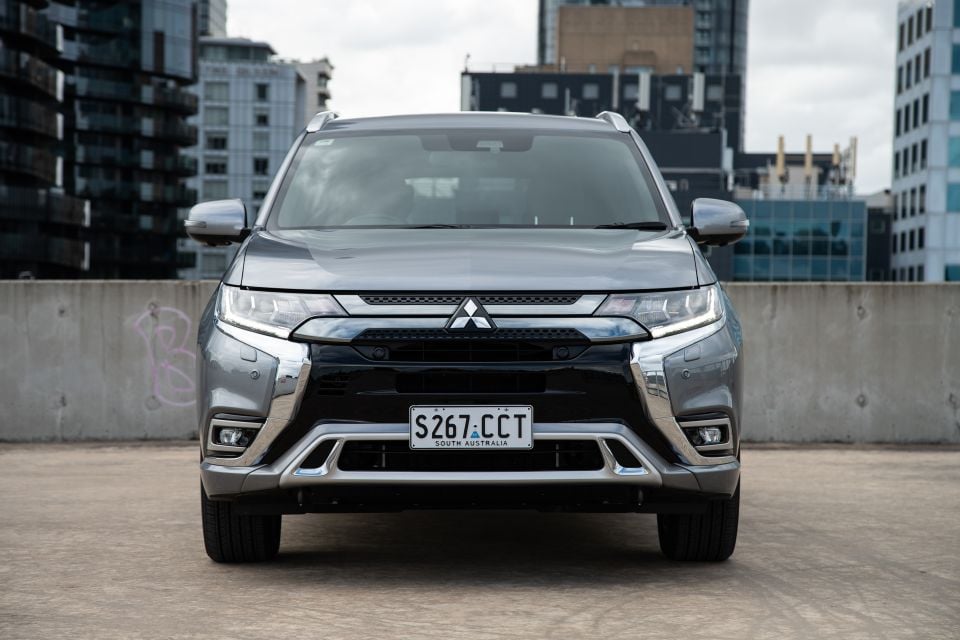
As the speed rises it behaves more like a series hybrid, with the petrol and electric motors working in tandem. The petrol engine is relatively smooth and quiet, and packs enough punch to ably support the motors when required.
It can be slightly eerie when the engine is charging the battery, however, because there’s no relationship between the revs and how fast you’re travelling.
There are drawbacks to the plug-in powertrain, though. For one, the battery pack is heavy, and that has an impact on the ride.
The PHEV is quite softly sprung, but hard-edged hits still make the body shudder. It feels ponderous over speed bumps, rocking around as the suspension struggles to bring the 2370kg crossover into check.
At least it’s easy to thread through town, with light steering and excellent sight lines. The Mitsubishi Outlander is definitely most comfortable at low speeds.
That’s not to say it can’t handle itself on the highway. The soft suspension makes it a relaxed cruiser, and the powertrain is impressively refined – both when it’s running in pure electric mode, and when the petrol engine is helping out.
The only real knock on high-speed refinement is a hint of wind rustle from those chunky side mirrors.
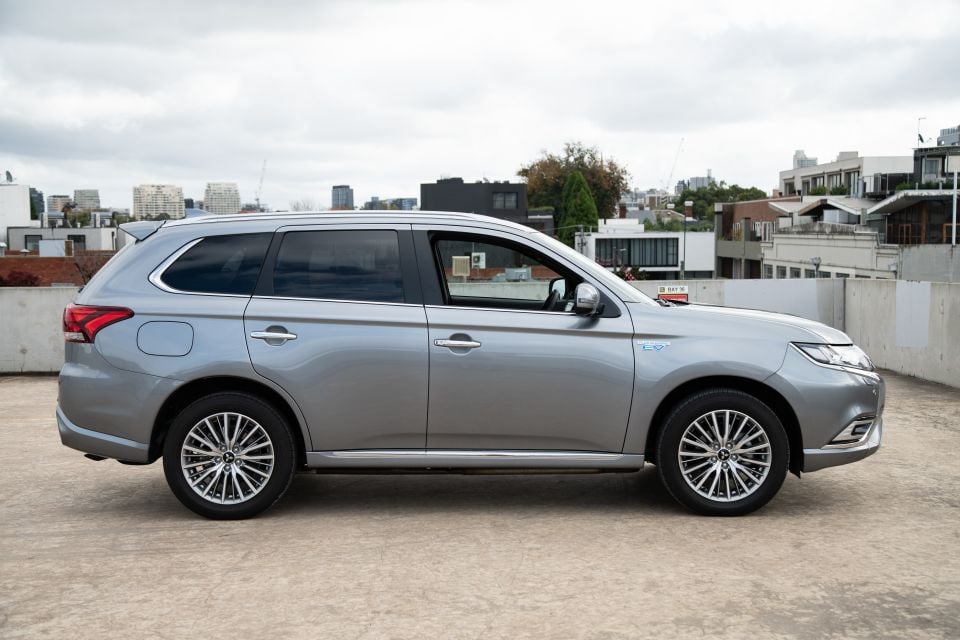
New for 2020 is a Sport mode, activated with a button on the centre console. It primes the powertrain for maximum performance, focusing the motors and engine on accelerating quickly, not range.
It also sets up the S-AWC torque vectoring system to sharpen turn-in by braking the inside wheels into a corner.
It works. The PHEV lunges off the line with more determination in Sport, but realistically it’s a button owners are unlikely to press. After all, burying the throttle achieves the same result.
More useful is the S-AWC all-wheel drive system, which can be set to Lock for a 50/50 front/rear torque split when the going gets tougher. Its city-focused suspension and low ground clearance mean this isn’t an off-roader, but the PHEV will get further down a gravel fire trail than many of its front-wheel drive rivals.
Maintenance for the Outlander PHEV is required every 12 months or 15,000km – whichever comes first.
The first three capped price services will set you back $299, making it $100 (per visit) more expensive to service than the regular petrol Outlander.
The Outlander PHEV is a tricky one. On the one hand, it has a properly sophisticated powertrain capable of impressive efficiency. Provided you can charge it, it’s the most parsimonious mid-sized SUV on the market, no question.
What’s tricky about it? The price. The Outlander feels old at the bottom end of the range, but its interior is forgivable because you’re getting a lot of car for the money.
At nigh on $60,000 though, the Exceed PHEV can’t carry off the same trick. No amount of leather and shiny woven trim can make it feel even remotely as premium as mainstream rivals such as the Skoda Kodiaq.
Then again, it’s more than $20,000 cheaper than its closest plug-in hybrid SUV rival, the GLC300e.
In true Mitsubishi fashion, the PHEV is a car you need to buy with your head, not your heart. If you can put aside its superficial failings and have somewhere to charge it the hybrid system is excellent – and the base package is perfect for families.
Unfortunately, I don’t know if I could do that. Mitsubishi gets top marks for the powertrain, but there are too many flaws in the package for it to tick all the boxes.
Where expert car reviews meet expert car buying – CarExpert gives you trusted advice, personalised service and real savings on your next new car.
Scott Collie is an automotive journalist based in Melbourne, Australia. Scott studied journalism at RMIT University and, after a lifelong obsession with everything automotive, started covering the car industry shortly afterwards. He has a passion for travel, and is an avid Melbourne Demons supporter.


James Wong
3 Days Ago
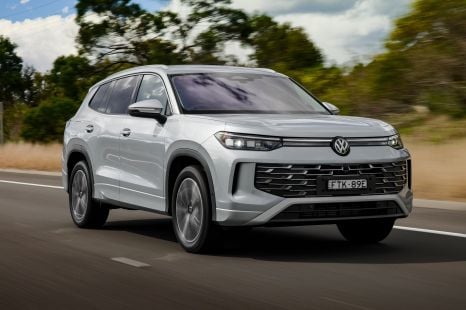

Damion Smy
6 Days Ago
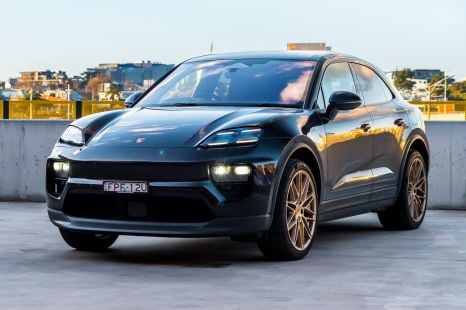

James Wong
6 Days Ago
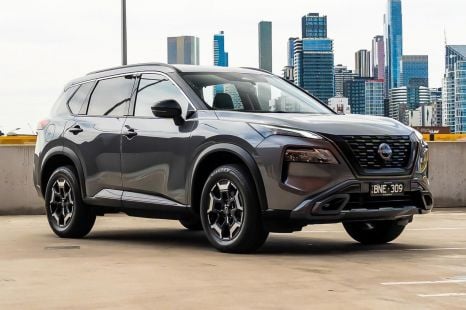

William Stopford
7 Days Ago
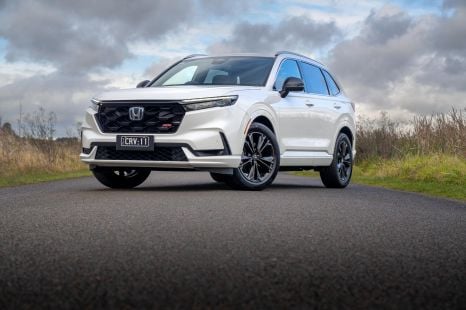

Andrew Maclean
8 Days Ago


Damion Smy
11 Days Ago